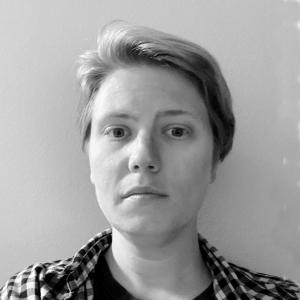Stephanie Triplett
Dr. Stephanie Triplett
University of Michigan (September - Oktober 2021)
Postdoc-Projekt: The relationship between narrative animal painting and scientific illustration in nineteenth century France and Germany from the late Enlightenment through the rise of popular Darwinism
Forschungsschwerpunkte


During my month at the German Center for Art History in Paris, I will perform archival research on a revised and expanded article version of the third chapter of my dissertation, concerning the relationship between animal genre painting and zoological illustration in mid- to late-nineteenth century France and Germany. Throughout the proposed article, I examine the manner in which the dramatic narrative tropes of animal genre painting were increasingly incorporated into zoological illustrations. Natural history illustrators of the period, much like their animalier counterparts, often portrayed animals as central protagonists existing at a remove from humanity, all while observing most of their subjects—living and dead––in the circumscribed, citified spaces of the zoological garden and natural history museum. Yet the illustrations incorporated dramatic multi-figure (often multi-species) mise-en-scène, psychologized, emotive framing and elaborate habitat backgrounds that minimized or eliminated any implied human presence. These images thereby provided the illusion of exclusive voyeuristic access to alien life worlds. However, the conventions of single specimen illustrations and anatomical diagrams, with their profile views and blank backgrounds, continued to coexist alongside more dynamic, diegetic plates, even within the same publication, as indicated by the wildly popular Brehms Thierleben (1864) and Curmer and Dubouchet’s dueling guides to the Jardin des plantes (1841). The illustrations from the Thierleben and the Jardin des plantes volumes will therefore serve as the central case studies.
Zur Person


Werdegang


Stephanie Triplett recently received her PhD in the History of Art from the University of Michigan, Ann Arbor. She specializes in modern French and German painting and natural history illustration. Her dissertation addresses the emergence of pre-Darwinian theories of species mutability and evolution in the early to mid-nineteenth century that can be related to shifts in the Western European practice of animal painting during the same time period. In her broader scholarly practice she aims to bring approaches from the history of science into conversation with artistic representations. Her research has been supported by grants from the Freie Universität Berlin Program, the Center for Advanced Studies in the Visual Arts, the US Fulbright Program, and the Fondation Georges Lurcy.
Kontakt




